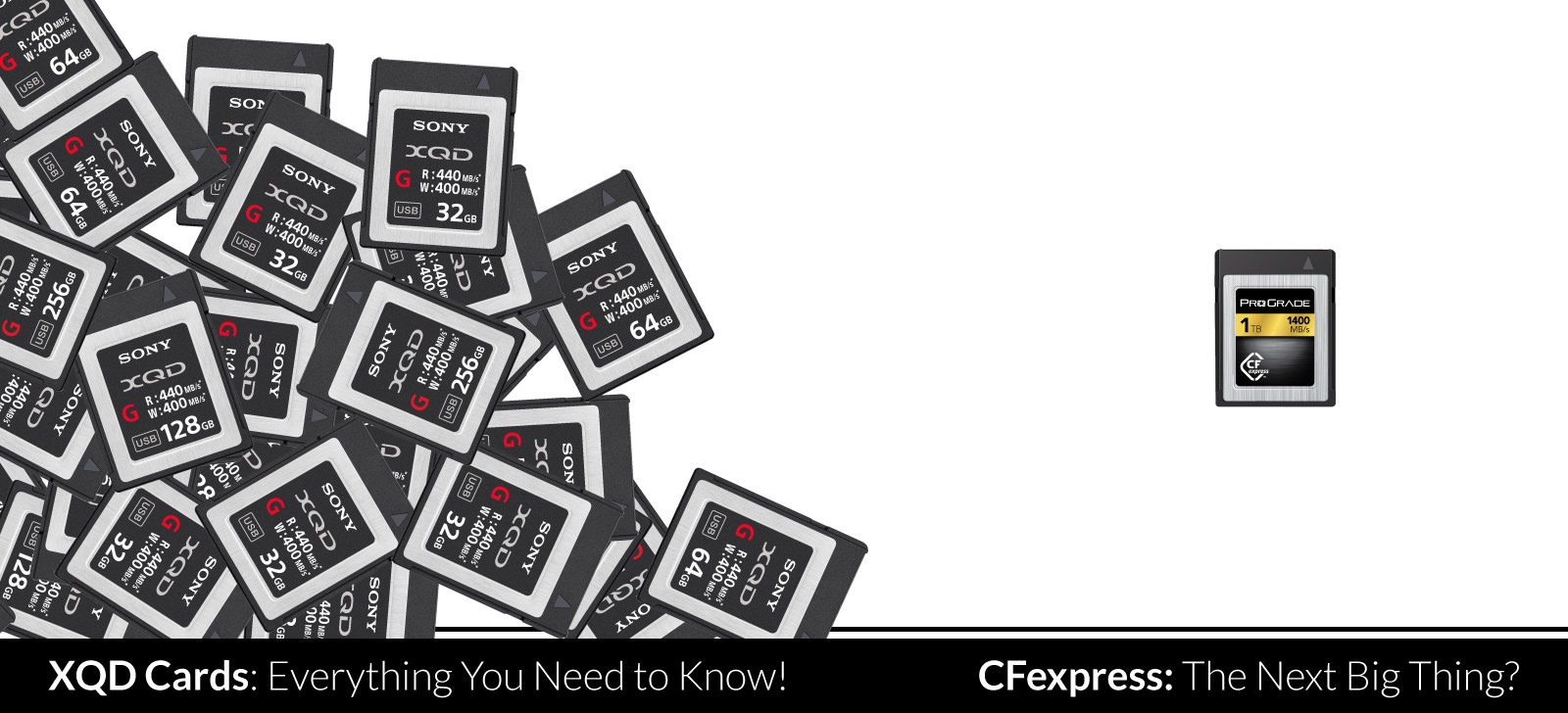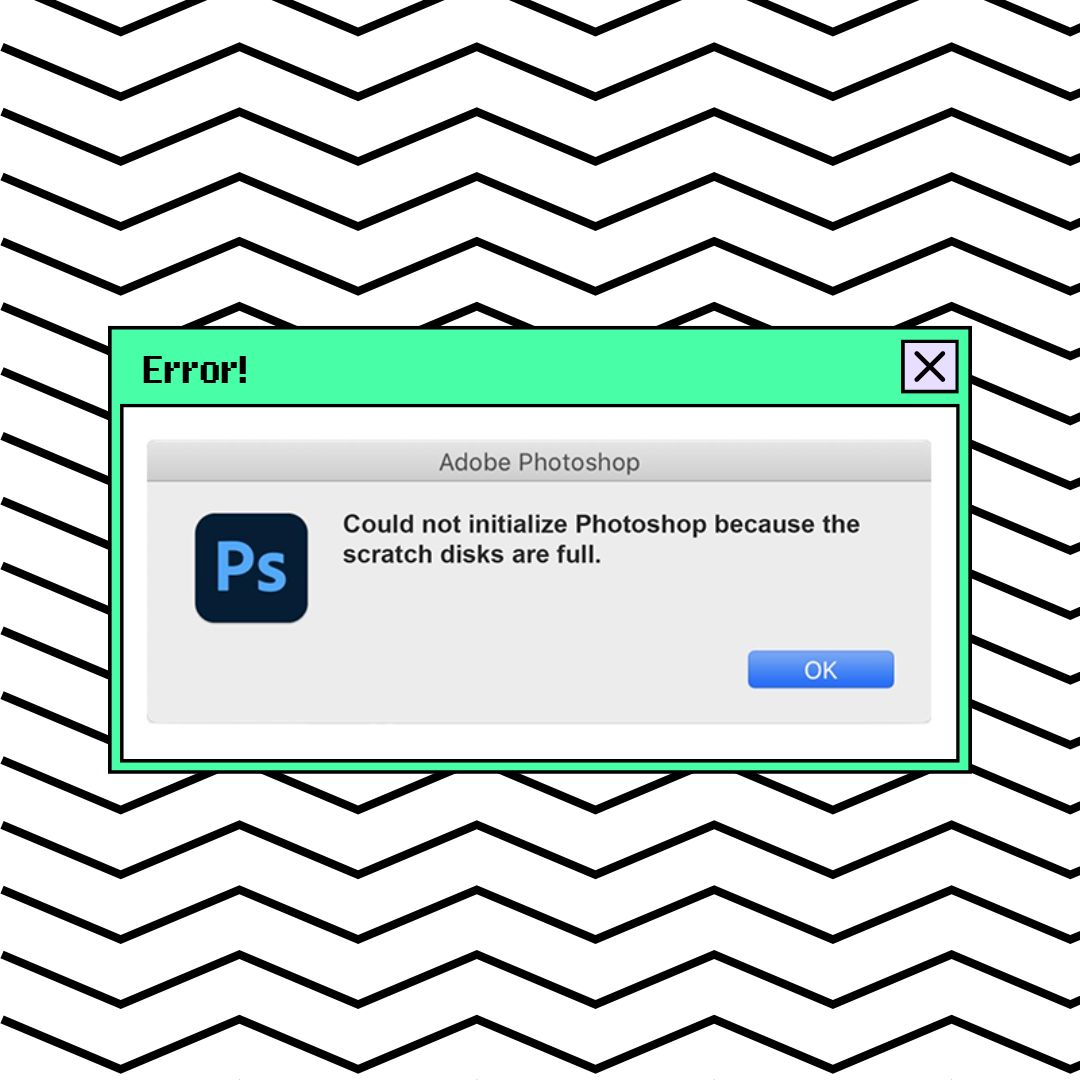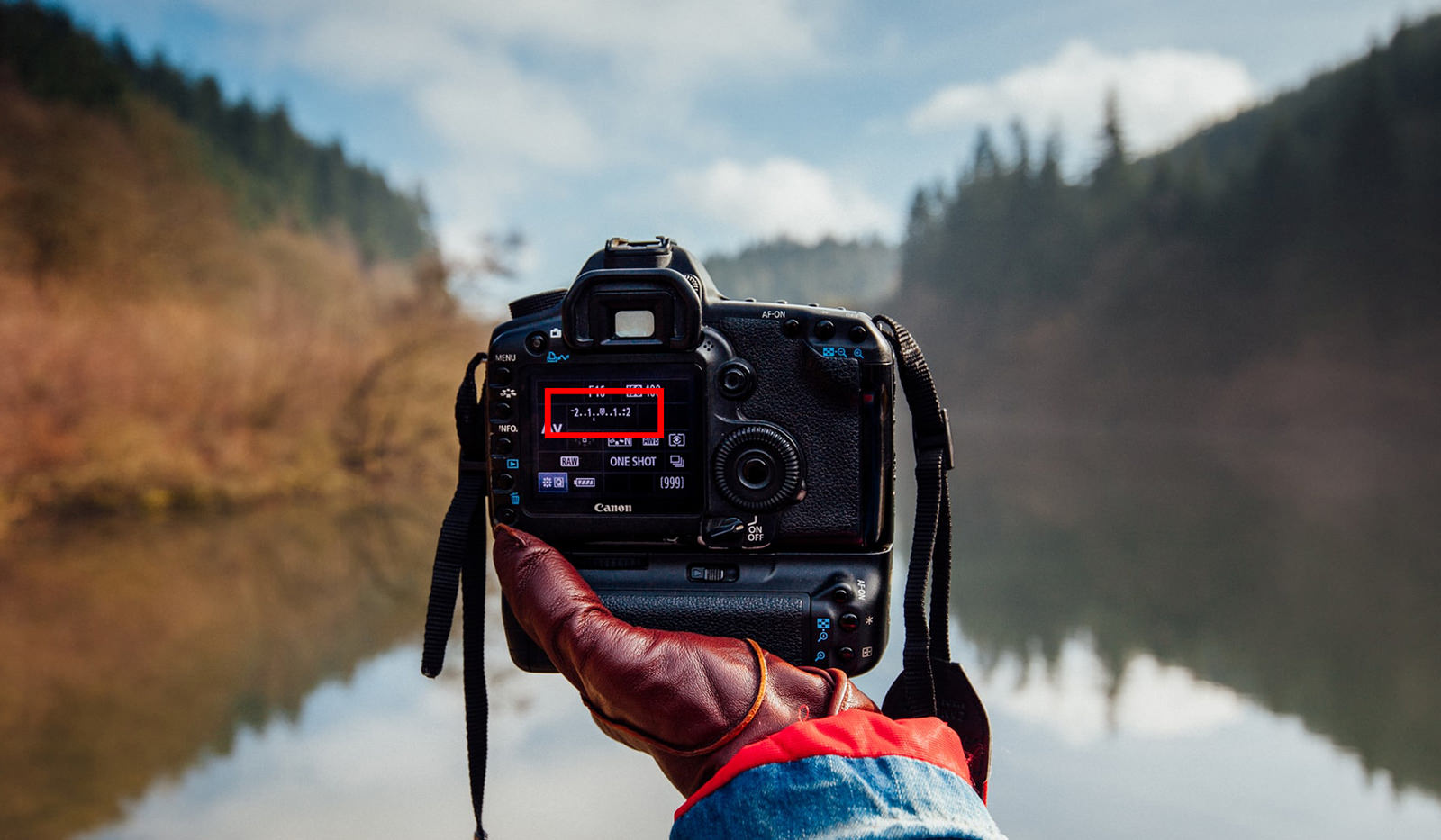
XQD Cards: Everything You Need to Know! Plus, What Is CFexpress?
These are exciting days to be a photographer! Changes are happening in sensor sizes, low light performance, video capability, lenses of all types, and camera design. Changes are even occurring in what some photographers may not yet be aware of – memory cards. With Nikon announcing the long-awaited new full-frame mirrorless Z6 and Z7 cameras, attention is being turned to the memory cards they’re using – the XQD. Hot on the heels of XQD has come announcements of CFexpress. These two card specifications hold the promise of a great future still ahead for digital photography and video.
What do these card formats add to digital photography going forward? We have the breakdown for you, complete with the ins and outs of memory cards and what you get from the options available today. Plus, we really go in-depth with the two frontrunners – XQD and CFexpress.
What to Compare in Memory Cards
Compatibility
What memory card is the camera configured for? If your camera only takes XQD cards, a CF card isn’t going to fit and vice versa. What cards does the camera support? Even if a card physically fits, it may not work properly if the camera or cards are not backward or cross-compatible.
Storage Size
Besides the card type, this is one of the most important considerations many photographers contemplate. If the camera is producing RAW files of 30MB to 100MB each, the storage space is going to be taken up quickly. Especially if you are bracketing, shooting action or events, or creating panoramas, which all require a large number of image files.
When image files were moderate in size, a card with 16GB seemed like endless capacity. Modern mirrorless cameras are taking 30-40 megapixel photos, which now forces photographers to seek out cards with 256GB, 512GB, and even 1TB of storage.
Read/Write Speeds
This is a critical consideration for any photographer who shoots a high volume of photos. While the camera buffer size has a huge part to play in this, a card that writes slowly will end up causing a backup in your image flow which can cause you to miss that perfect shot. The same goes for read speeds when it comes time to unload 256GB of images to your computer, you don’t want to be sitting there for an hour waiting for the transfer to complete!
Reliability – Corruption Protection
Few things hurt a photographer more than losing shots due to something outside their control. The stability and security of a memory card is important. Corruption may affect only a few files at a time or the entire card. While software exists that may be able to retrieve damaged files, it’s better to not have the issue in the first place. In addition, not all corruption problems have a fix, or a good enough fix.
Now that we have covered the basics of how to compare memory cards, let’s jump into the world of XQD cards.
XQD Cards – What You Need to Know
XQD cards are a relatively new card format found in several professional level still cameras from Nikon and high-end video cameras from Sony. Strong camera industry rumor has other cameras and brands adopting the XQD format of cards in the near future.
You’ll find XQD slots in the full-frame format Nikon D4 and D4s, D5, D850, the APS-C format D500, and the new Nikon mirrorless full-frame format cameras, the Nikon Z7.
XQD cards differ physically from the other card formats in the current market. Compared to a Compact Flash card, the XQD is slightly smaller. With the contact end of the card pointing down, an XQD card has a vertical rectangle shape, similar in proportions to an SD card, but significantly larger. A Compact Flash card in the same orientation has a horizontal rectangle shape, but appears a bit more square-ish than an XQD.
Benefits of XQD
Three things mark the XQD card as significantly different from previous card formats:
- Storage size limits
- Read/write speed limits
- Very reliable prevention from corruptibility and failure
XQD Storage Size
Storage size capability with XQD is huge. Already announced in a 1TB size, a 2TB size is likely coming to market soon. Current storage sizes already available are 32GB, 64GB, 128GB, and 256GB. Sony has been the major manufacturer of XQD cards for a couple of years, and Nikon is also entering the field as a supplier of XQD cards.
The Nikon D850, Z7, and other yet to be announced Nikon cameras will produce huge image files when selecting 14-bit RAW as the recording format. As it is, 12-bit RAW is going to eat up storage space when shooting on a 45.7mp sensor. Opting for uncompressed 14-bit will easily render single image files of up to 100MB in size. Thus, storage size is going to be a prime consideration.
XQD Read/Write Speed
Read/write speed is a performance factor some photographers forget to take into account, but the camera and memory card manufacturers haven’t forgotten. Even if a photographer wasn’t aware of this performance specification at first, they would quickly catch on to the importance of fast writing speeds the first time their camera slowed them down because of a full buffer.
Compact Flash cards used in many professional and prosumer cameras have an upper limit to what writing speed can be utilized. The same can be said about the SD and SDHC cards used in many other digital cameras. While there is a limit even with XQD cards, it is significantly higher than CF or SD cards. Compact Flash card write speeds top out at around 160 or so MB/s, and SD cards will max out at about 250MB/s, with most being slower.
XQD cards are already offering write speeds of 400MB/s and higher, with an upper limit that isn’t actually known yet for sure, but definitely in the over 1GB/s range – maybe over 2GB/s or higher. That is seriously fast. This means that a photographer won’t be hampered by needing to wait a significant amount of time for their camera buffer to empty out. Therefore, images can be rapidly produced in the camera’s highest resolution.
XQD Corruption Protection
Besides physical strength, XQD cards have robust protection from corruption and failure. Various design features are related to protecting the data. Shell strength has been increased to improve durability. This also helps to prevent flexing and bending caused during transport and by repeated insertion into card slots. Recessed contact pins mean that these are protected from physical damage from dust or electrostatic shock for more reliable performance even in harsh environments.
XQD memory cards are claimed to be shockproof, magnet proof, anti-static, and resistant to breakage. They can offer full performance even in extreme temperatures. They stand up under exposure to intense UV light and airport X-ray machines. XQD cards are designed for prolonged heavy use.
Those physical protections eliminate some of the major causes of card failure. The electronic stability of XQD is another welcomed feature. The manufacturers of XQD cards claim superior stability compared to CF and SD cards, and those are already pretty stable for the most part. Real-life experience from photographers using XQD has been positive.
Not to say that there won’t ever be an XQD card that will fail for one reason or another, but the risk of failure is very low. It is similar to the progression of computer media. Back when computers used 5 ¼” floppy disks, those disks seldom failed if handled properly, even though they were rather flimsy. Computer media kept getting better. ZIP drives, 3 ½” floppies, CD/ROM, DVD, and flash drives all increased data storage capability, ease of access, and reliability. What will be the next thing?
CFexpress – Already the Next Thing?
CFexpress (CFE) cards may already be the next thing. Not to be confused with CF (Compact Flash) or CFast cards, CFexpress cards promise to be even higher performance than XQD.
Compact Flash cards have been around for almost two decades, and have a pretty good proven record of reliability in professional and prosumer still cameras, as well as being used in several removable medium format camera backs and in some higher end video cameras. What holds CF cards back is the older protocol or specifications they were designed around. There is only so much that the older specification can be tweaked and improved. Upper limits for data storage and read/write speeds have pretty much been seen by now.
CFE Advantages
A new format, based on CF, was introduced, the CFast cards. But the upper limits for this specification has been eclipsed by XQD capabilities. Just as with the various iterations of SD cards, they are all good, but they have been superseded.
An interesting aspect of the CFE specification is the apparent plan by manufacturers to use the specification within the form factor of existing formats. In other words, they will fit and be usable in cameras and devices using XQD cards and perhaps other formats.
What this means is that a camera designed today for XQD cards would only need a minor firmware update to accommodate the new cards. What other format of cards this may also apply to remains to be seen. For now, anyway. Things can move pretty fast in the digital photography world.
Following the same form factor as other proven cards, reliability should be great. Extremely large storage capability and read/write speeds in excess of 8GB/s may be realized with CFE. It’s exciting to think of the possibilities.
XQD vs CFE – Who Wins?
We all win! CFE was designed as an answer to the new XQD cards overtaking CF, CFast, and SD cards. So, naturally, the performance would be higher. It’s an interesting time to watch digital photography equipment improvements. It almost appears as though the sky is the limit. Actual equipment still needs to be made to take advantage of revolutionary and evolutionary improvements.
Cross-Compatibility
CFE is probably not going to supplant XQD. Not anytime soon, anyway. The competing cards appear to be cross-compatible, depending on exactly what competing manufacturers are willing to do. It seems most likely that the two specifications will coexist, even being in the same form factor.
After all, the market still supports CF, SD, microSD, Memory Stick, and even miniDVD media formats.
What does the introduction of CFexpress mean for users of cameras with XQD slots? For now, not much, actually. What has been shown is that CFE and XQD should be backward and cross-compatible. For the future, it appears that storage limit and write speeds will continue to increase, just as camera capabilities keep growing. Will there ever be an upper limit? Maybe, but for now, things are looking quite thrilling for professional and other serious photographers.
Some may look at the limited current offering of XQD compatible cameras and wonder if the performance specification and form factor will stick. Right now, the only still cameras using XQD are from Nikon. And those cameras are all professional grade or prosumer level. Even Sony, who was the leading manufacturer of XQD cards, so far is only putting it in upper-level video cameras.
Remember Betamax?
A strange thing has happened before with Sony and a recording format. A superior format, Sony’s Betamax, was overtaken for all intents and purposes by VHS. Beta cameras and recorders still existed, especially for professional use, but VHS was the clear market winner for consumer grade video gear.
The announcement that Nikon will also be making XQD cards should relieve any worries of history repeating itself concerning a recording format. Having CFexpress in the same form as XQD cards also speaks against XQD being digital’s Betamax.
Cameras Using XQD
As mentioned, the cameras with XQD cards currently are from Nikon and Sony. Only two manufacturers? Well, those two are a couple of the biggest major brands in the world of digital photography. It looks like more brands may be soon to follow. Additionally, there will be more models from those brands with XQD.
Just how influential Sony and Nikon will be in promoting and influencing adoption of XQD remains to be seen. There is, however, a whole lot of industry clout behind those two brands.
Will Nikon and Sony Lead the XQD Charge?
Sony has been a leader in consumer and professional electronics for decades. The brand also took over the fine line of still cameras from Minolta (later named Konica/Minolta) and developed them into some of the best cameras available in APS-C and full-frame 35mm digital format. Sony has also long been an industry leader in consumer and professional video.
What photographer doesn’t recognize Nikon as one of the premier brands in all of photography? From large format and industrial optics to film and digital cameras chosen to accompany astronauts on missions to outer space, Nikon cameras and lenses have been a standard of quality, durability, and performance in photography for decades.
The reason this is germane to a discussion of XQD cards is to show that XQD is a format that should be around for a long time. Even if it remains solely Nikon professional cameras and Sony video using XQD, that still means that the format will survive and flourish. With CFexpress using the same form as XQD, that should also mean there will soon be many more brands and cameras using the format in one specification or the other.
Nikon Models Using XQD
Nikon cameras using XQD include the full-frame flagship pro models D4, D4s, and D5, the ultra high-resolution full-frame pro model D850, the APS-C format professional D500, and the new full-frame mirrorless Z series cameras Z6 and Z7.
D4 and D4s use two cards – one each XQD and CF; the D5 uses two slots – either two XQD or two CF cards. Nikon can switch the D5 card slots out at authorized service centers. The D850 and D500 use one each XQD and SD cards. Both of the new Z series mirrorless cameras use one XQD card.
XQD for Consumer Level Cameras
Nikon has indicated that future professional (and probably prosumer) cameras will standardize on XQD cards. As consumer level cameras gain more features from older and current professional models, those will also presumably incorporate XQD cards. More and more consumer level cameras are being designed or planned with higher resolution sensors and greater video capabilities.
Higher megapixel sensors and video quality of 4K or higher will require lots of storage and very fast write speeds. Even now, Sony pro video XDCAM camcorders can use XQD via an adapter in their SxS videocam card slots. Being used in professional video cameras and recorders shows how capable the XQD format is in regards to high-end video.
Increasing Number of Card Slots
On a side note, a lot of talk is happening on social media, blogs, and message boards about the Z6 and Z7 having only one XQD slot. There are indeed very valid reasons for photographers desiring two card slots, but using one card does not lower the quality or capability of a camera. Especially so if the one card is an XQD card. As has already been established, XQD cards are extremely stable, robustly durable, and very high performance.
In the very recent past, it was rare to find any camera with more than one card slot. And only one roll of film at time could go through even the redoubtable F2 cameras. Multiple slots are indeed very desirable, though, no denying that.
Time will tell if Nikon will change card slot configuration in future mirrorless Z series cameras. If the Nikon D5 is any indicator, future two slot cameras could all standardize on XQD. Since XQD is blowing the card access doors off of other formats with its performance, this appears to be something to anticipate eagerly.
XQD and CFexpress – What the Future Holds
XQD is current, with several very high quality and popular cameras even now using the format. CFexpress is still future, as far as actual cameras with CFE specification anyways. This will probably soon change. Stay tuned right here for the latest news on important developments.
Since CFexpress cards will be, at least at first, in the XQD form, and the protocols and specifications will be backwards compatible with XQD enabled cameras, then both formats should coexist for quite a long time. CFE and XQD appears to be a foregone conclusion. What other card formats will use CFE specifications remains to be seen.
As digital camera technology continues to improve and evolve, all the other technology needs to improve and evolve as well. Memory cards are at the core of digital photography. Just as film technology accelerated photographic capability in that era, card and sensor technology work together to increase quality and capability in this digital era.
It should be noted that XQD cards came into the market at higher price points than comparable CF and SD cards. It should also be noted that SD and CF cards are not actually what many would label as truly comparable to XQD. The price difference is reasonable when considering the increases in all aspects that XQD brings to digital photography. CFexpress cards may even be more costly.
- CFexpress prices not available
- XQD 32GB $89.95
- XQD 128GB $229.95
- CFast 32GB $99.95
- CFast 128GB $289.95
- CF 32GB $44.95
- CF 128GB $142.95
- SD 32GB $44.95
- SD 128GB $91.95
Compared to the importance of bringing home the shot, cost of these high-performance cards is negligible. As was said in the days that professionals used Nikon F2 or Canon F1 35mm cameras, and Hasselblad or Mamiya medium format cameras, “Film is Cheap.”
Final Thought
The future of Digital photography looks bright. These two new card formats, XQD and CFexpress (CFE), give us promise that technology will continue to advance and bring new and better features for photographers and videographers. The fact that some of the upper limits of these cards are not even fully known yet shows that the industry is continuing to gear up for future improvements. XQD and CFexpress announcements are fantastic news for everyone.
Follow along with the discussions and keep up with the latest news about Nikon and other models new releases and these new memory cards:
- https://www.facebook.com/groups/NikonMirrorless/?ref=bookmarks
- https://www.facebook.com/groups/NDCPE/
- http://masteryournikon.com/2018/08/27/ruminations-on-the-nikon-z6-and-z7-camera-system/
- https://www.digitalcameraworld.com/news/nikon-z7-and-z6-what-was-nikons-thinking-and-how-will-the-z-system-evolve
- https://www.youtube.com/watch?v=CkR9GfQHIEc&feature=youtu.be














